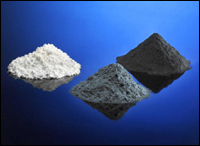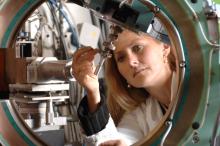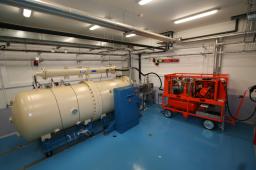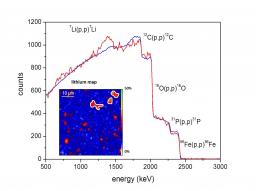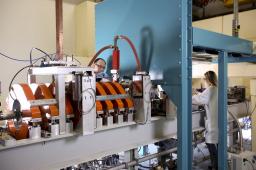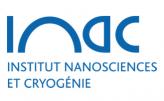CEA-LITEN has been working for many years on problems related to components for hydrogen technology and the transport sector. A rare case in the world of research, our laboratory studies the entire chain, from component manufacturing through to final assembly. In developing innovative materials, optimizing design or making prototypes, we aim to satisfy the user's real needs.
CEA-LITEN's involvement in managing intermittent energy sources means developing effective storage systems that meet the requirements of such energy sources and, naturally, their various applications. Whether for the transport sector, portable applications or the building industry (mainly through their integration in photovoltaic systems), the laboratory is developing Lithium-ion technology geared to the specific application, ranging from cars to ear implants.
This scientific axis covers the activities related to the research in materials science and more generally in hetero-systems (i.e., interfaces, alloys, composites materials, and confined systems). The topics cover the study of the detailed st ructure of nanoobjects, the interactions between nano-objects, and the role of nanostructures in composite materials.
The group's activity is part of the irradiation study of the influence of irradiation on the structure and properties of materials. These projects are based on throttle SIRIUS. First at an atomic scale by the study of structural defects in solids, they can be chemical or resulting from the synthesis of the materials growth or induced by irradiation.
Within the Laboratory for light element studies (LEEL, Laboratoire d'Etude des Eléments Légers), research topics are focused on light element behavior in materials, mainly with the help of the nuclear microprobe, a facility remarkably suited for monitoring such elements. Particularly, processes such as diffusion, precipitation and segregation can be addressed locally by the use of selected nuclear reactions, either through the use of isotopic tracers or by directly measuring the investigated elements. We apply these methods for materials dedicated to energy and technology (fuel cell materials, nuclear materials). In some cases, these studies are also applied to highly radioactive samples by using the radioactive beamline Casimir.
The object of these researches is, through experiments using external tools for irradiation (ions or electrons accelerators) and also by means of simulations, to study the fundamental behaviour under irradiation of a large variety of materials in the context of electro-nuclear generators (metal alloys, glasses, ceramics, polymers).
The purpose of LEMOH is to develop a multidisciplinary basic research to create new materials, new molecules and macromolecules to be used as efficient active elements in organic, molecular or hybrid (opto)electronic devices.
Contact : Peter Reiss
Tel : +33 4 38 78 97 19


